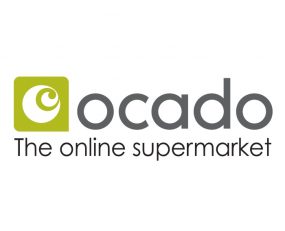
There are winners and losers in the present market conditions and Ocado seems to be one of the former. The UK based grocery e-retail and logistics technology company has today (November 3) said that it expects EBITDA (Earnings Before Interest, Tax, Depreciation and Amortisation) to be 50% higher than expected, hitting around £60m for the full year. This has been driven by greater demand for its grocery retail business rather than the headline technology deals that it has been signing over the past several years. Of course, such growth is being driven by increased demand in Britain for home delivery food products.
Perhaps more important for the future and the wider logistics sector, Ocado has also been investing in and developing its warehouse technology. On Tuesday, November 3, it announced that it would buy outright Kindred Systems and Haddington Dynamics for $262m and $25m, respectively. Kindred Systems is described as “an advanced piece-picking robotics company” whilst Haddington Dynamics is a robot arm designer. Both are based in the US.
The reasoning behind the purchase was explained by Ocado’s CEO, Tim Steiner, who said that the company had “made meaningful progress in developing the machine learning, computer vision and engineering systems required for the robotic picking solutions that are currently in production at the Customer Fulfilment Centre (“CFC”) in Erith, near London. Given the market opportunity, Ocado wants to accelerate the development of the systems, including improving their speed, accuracy, product range and economics”. Essentially these facilities are largely automated, with the exception of the picking-face. Ocado seems to be planning that Kindred and Haddington will enable it to automate even item picking operations in its most automated fulfilment centres. Ocado stated that “given the significant costs associated with the decanting and picking functions within CFCs – up to £7m of annual cost per CFC – automation solutions have attractive economic potential for both Ocado and partners. Further uses within CFCs (such as de-palletising and de-trashing) and in other applications…may also be possible over the medium term.”
Tim Steiner commented later in a press conference that “we expect that over the next two to three years we can remove the majority of the requirement for people to pick in those warehouses.”
Ocado is not the first e-retail company to invest in robotics designers, with Amazon having bought Kiva Systems in 2012. However, Ocado is one of the most important logistics platform designers and providers in the World, with customers such as Aeon, Kroger and Groupe Casino. These developments clearly point out that customer-facing fulfilment facilities are rapidly moving towards near-complete automation and this will inevitably and quickly have implications for nearly all other parts of warehouse provision.
Source: Transport Intelligence, November 3, 2020.
Author: Thomas Cullen